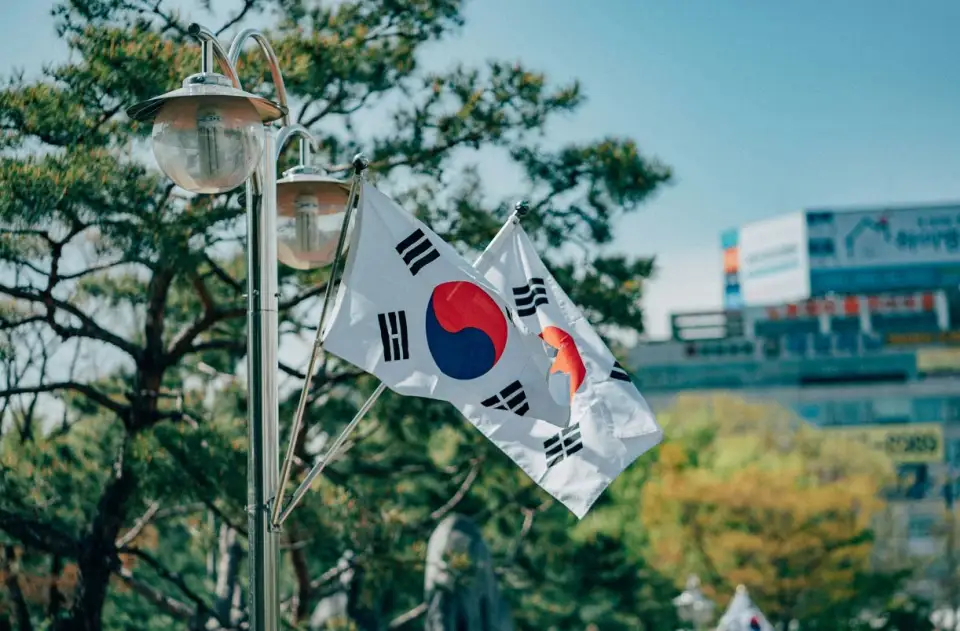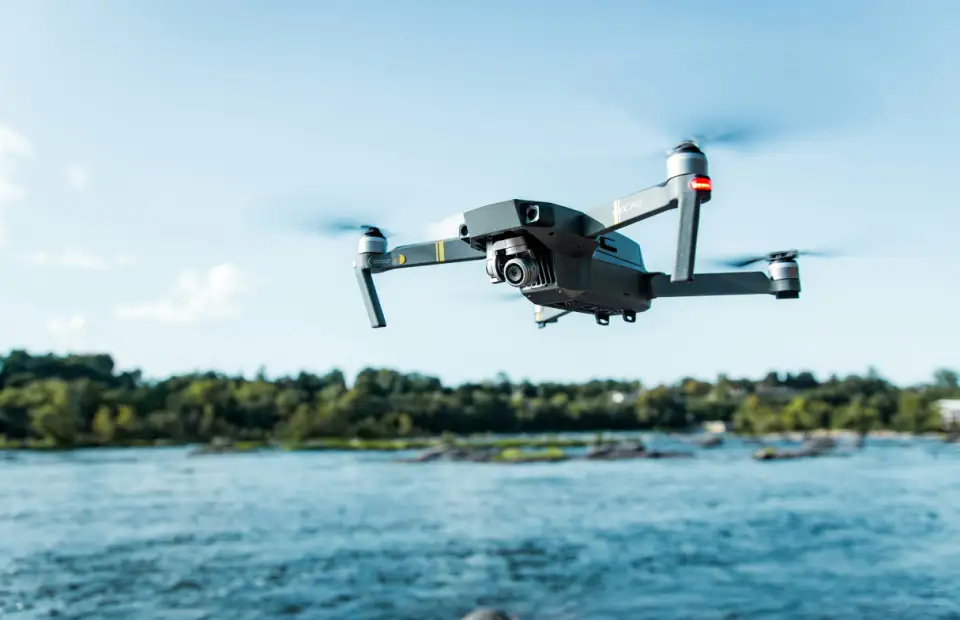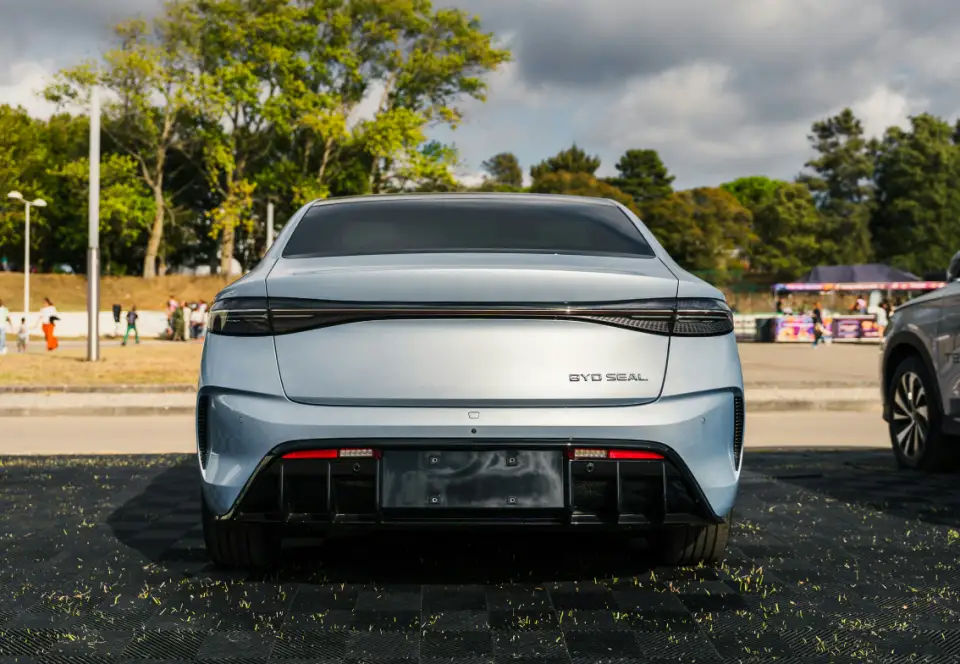The Hefei model, a typical example of local government-driven investment attraction and industrial cluster development, holds significant research value for regional economic development in China.
At its core, the Hefei model involves selecting companies that align with the city's development goals. The government leads the creation of industrial venture capital funds, acquires equity in companies, and introduces quality projects to boost economic growth, employment, and industrial upgrades. After achieving asset appreciation, state-owned capital exits in an orderly manner, strengthening the tax base and continuing to invest in new projects, thus creating a virtuous cycle between the capital market and the real economy. Hefei has currently established three specialized state-owned capital investment and financing platforms, effectively leveraging state funds to attract multiple industrial clusters, including integrated circuits, emerging displays, and new energy vehicles, aiding the city’s economic transformation and upgrading.
How was the well-known "Hefei Model" in the venture capital circle formed? The author uses Hefei’s introduction of BOE as an example to demonstrate how the Hefei model facilitated BOE’s rapid rise.
The semiconductor display industry is a typical high-tech sector. In the early 21st century, the global LCD panel market was dominated by South Korean and Japanese companies such as Samsung, Sony, and LG. At that time, China had not mastered flat-panel LCD technology, and 80% of flat-panel LCDs were reliant on imports. Some manufacturers colluded to manipulate the prices and supply of flat-panel LCDs, leading to a bottleneck for China’s home appliance industry, which faced shortages of chips and screens. To achieve a technological breakthrough, BOE, a leading domestic company, invested heavily in 2003 to acquire the LCD business of the South Korean Hyundai Group. Using this as a foundation, BOE built the first domestic self-developed display production line (the 5th generation TFT-LCD production line) in Beijing's Yizhuang Economic and Technological Development Zone, successfully filling the gap in China’s TFT-LCD display industry. Subsequently, BOE planned to build a 6th-generation production line.
Building a new production line requires an investment of billions of yuan. However, due to industry cycle fluctuations and the international financial crisis, BOE, which had just emerged from consecutive losses, was unable to afford the enormous investment needed for new production lines and technology development. Additionally, its plan to jointly build a new generation production line with domestic peers in Shenzhen and Shanghai failed due to interference from Japan’s Sharp Corporation.
Facing repeated setbacks, BOE began to explore other cooperation opportunities and eventually reached a partnership with Hefei in September 2008. After multiple rounds of negotiations, on September 12, 2008, BOE signed an investment framework agreement with the Hefei Municipal Government and two state-owned capital platforms, determining to invest in the construction of a 6th-generation full-process production line in Hefei. The total capital for the project was 9 billion yuan, with Hefei’s municipal government contributing 6 billion yuan and promising to cover the entire 9 billion yuan if the subsequent fundraising did not succeed. At that time, Hefei’s annual fiscal revenue was only 16.1 billion yuan.
Hefei’s decision to invest in BOE was not made impulsively but was based on long-term industrial planning. By then, Hefei had become one of China’s top three home appliance manufacturing bases, and had already established the corresponding upstream and downstream industrial chains for the top four home appliance companies. However, the critical component for color TV production—screens—was missing. Investing in BOE was a strategic move for Hefei to find an industrial breakthrough.
By leveraging state capital, Hefei attracted social capital, achieving a "small input for large returns" effect. On June 10, 2009, BOE announced the successful completion of its secondary offering, raising 12 billion yuan. Due to enthusiastic subscription by eight social capital firms, totaling 9 billion yuan, the Hefei municipal government not only did not need to use its 9 billion yuan guarantee, but also only contributed 3 billion yuan (Hefei Xincheng and Hefei Lanke each contributed 1.5 billion yuan), thus leveraging 12 billion yuan for the project’s implementation. This fully demonstrated the leveraging effect of state capital. After the offering, Hefei Xincheng and Hefei Lanke each held 7.55% of the shares in BOE’s listed entity, becoming two of BOE’s top five shareholders.
By November 2010, the Hefei 6th-generation production line began mass production just 18 months after breaking ground, creating a miracle in the industry. This production line produced the first 32-inch LCD screen in mainland China, marking Hefei’s breakthrough in the LCD panel industry and helping China’s display industry continue to overcome technological bottlenecks, achieving a leap from catching up to leading the global market.
Subsequently, the Hefei municipal government continued to invest in BOE’s 8.5th and 10.5th-generation TFT-LCD production lines in 2012 and 2016, respectively, and completed the recovery of its investment in the 6th-generation line in 2014 and 2015. These measures not only brought substantial returns to Hefei’s state-owned capital but also facilitated the "equity investment-project implementation-timed exit-new project selection" channel, which amplified state capital and activated the government’s credit in industrial investment. Through government-guided industrial nurturing, BOE transformed from a company with annual revenue of only 60 million yuan into the world’s largest LCD panel maker, with annual revenue exceeding 100 billion yuan.
Later developments proved that Hefei’s investment in BOE was a highly rewarding strategic move. Introducing BOE was equivalent to introducing the entire display industry. The industrial clustering effect brought by the leading enterprise’s project implementation attracted over 100 upstream and downstream companies, including those in driver chips, substrate glass, key materials, high-purity chemicals, and polarizer films, forming a complete industrial chain. This helped Hefei become the world-renowned "Display City." From this perspective, Hefei’s investment in BOE explored an industrial development path of "leading enterprise-major project-industrial chain-industrial cluster." In this process, Hefei successfully developed flat-panel display and electronic information industries into its leading sectors, completing an optimization of its industrial structure and achieving a qualitative transformation in its economic development.


